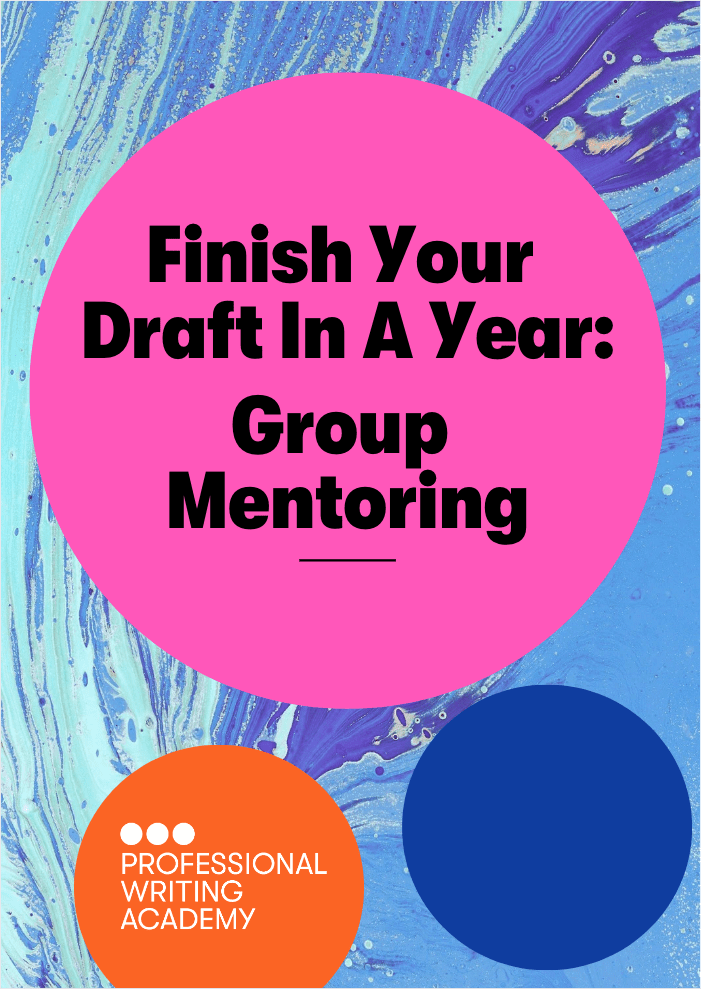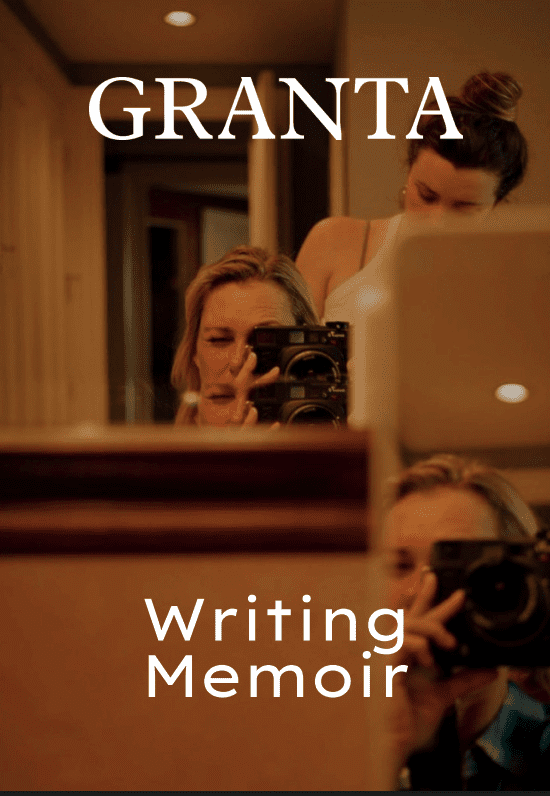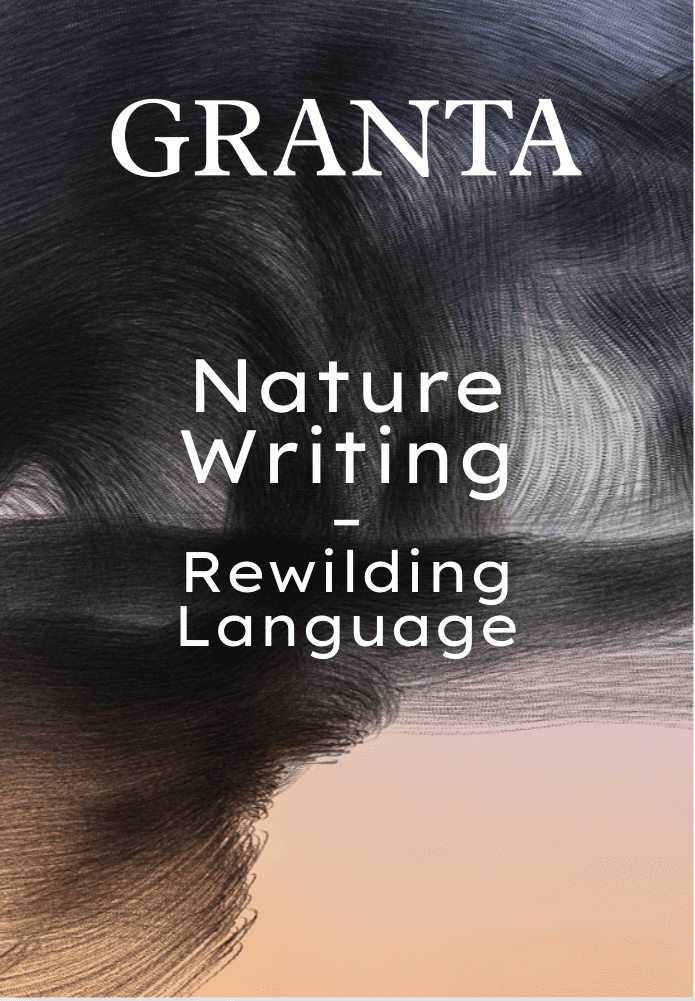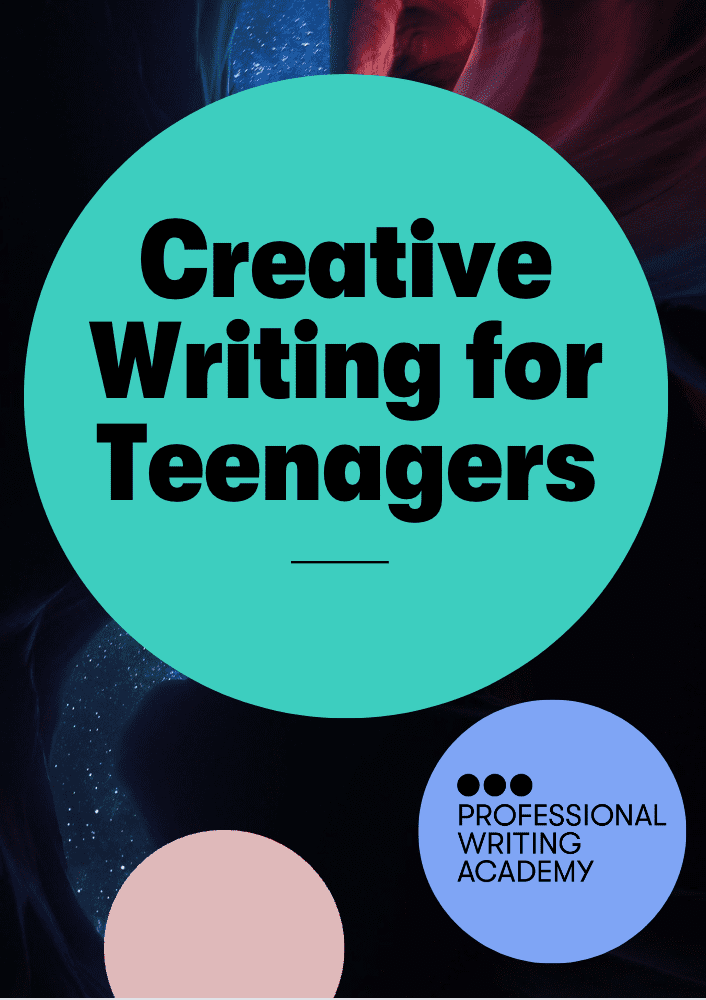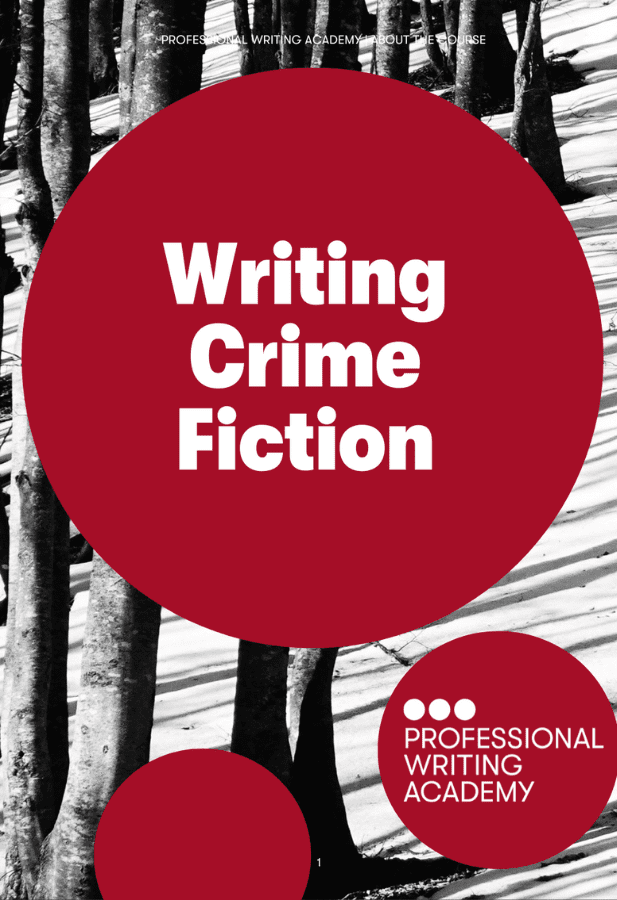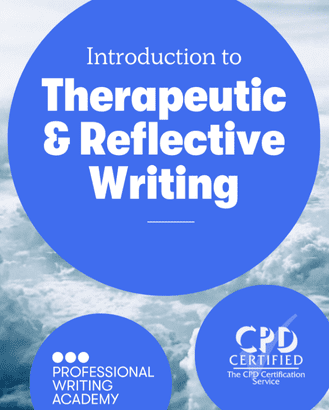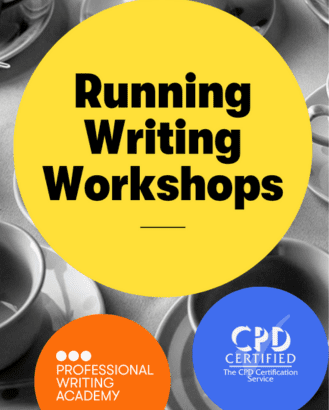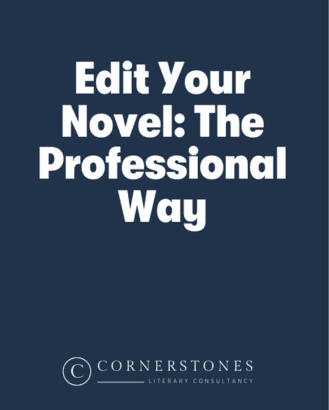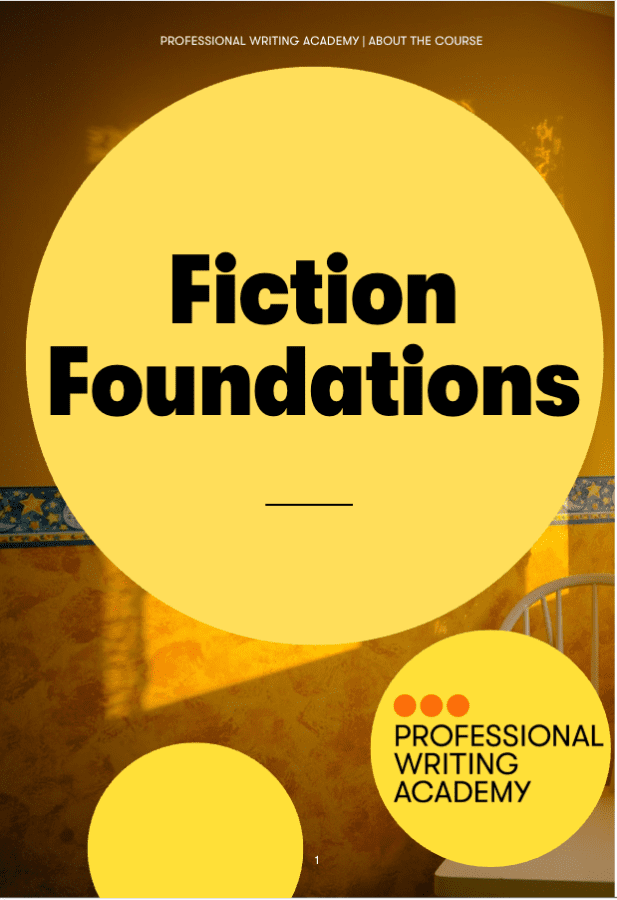Q – Hi Heidi, and thanks for joining us. To start, what’s your writing routine like?
Heidi Rice – Thanks for having me! Most days I’ll try to write for a full day, but when I’m doing a rough draft, I have a daily goal of about 2,000 words.
Once I reach that I give myself permission to take a break. Sometimes I go back to it, and sometimes I don’t; sometimes those 2,000 words are done by 11am, and sometimes I’m still working on it at 4pm!
However, I actually think small bursts of writing can be more effective – don’t forget you need thinking time, too.
I have a good friend who has a full-time job in the NHS and writes about 6 books a year. She only writes in her lunch hour, but she knows exactly what she’s going to do when she sits down.
Q – In other writing classes I’ve taken it’s been stated that the story goal should be apparent in the first scene/chapter. Do you think that the reader should explicitly know the journey the characters are on from the outset?
HR – I think those sorts of rules are a bit confining if I’m honest, and I’d always say it depends on the story. A character’s overall goal may be to find someone to love her for herself, but that’s a rather generic wish.
In the opening chapter, all you really need is a hint of the internal conflicts at play and these will change and develop with your story and your character’s journey. Don’t feel bound by some arbitrary rule!
That said, in short romances like the Mills & Boon (M&B) series it’s good to get a strong hint into the opening about what is going to drive your couple if you can, but sometimes even that doesn’t happen.
The truth is your characters won’t likely know exactly what their goal is, and it could very well change anyway.
I find what they think they want at the beginning of the book is rarely what they want at the end – discovering what they need is all part of the journey.
My big problem when writing a longer book was discovering that I actually needed to have an external plot structure as well as an internal one to drive the story.
– Heidi Rice
Q – I like that idea, rather than everything being prescribed. It can feel like there are so many rules for category romances, but things are changing with the times.
HR – Category romances these days are very much like any other romance.
I’ve written two longer books and the only big difference with my series books is that they are much more tightly focused on the romance, so you don’t have much room to develop secondary characters, external plot etc.
But that means the conflict, especially the internal conflict, has to do all the work, which is why they’re so hard to write. That said, they are a great way to learn how to deal with character conflicts and internal motivations in relationships.
My big problem when writing a longer book was discovering that I actually needed to have an external plot structure as well as an internal one to drive the story.
In series books, you tend to want to get rid of that external plot fairly quickly, so you can concentrate on the internal one. It will be an important part of the story at the start, but it shouldn’t overwhelm the story of their relationship.
Q – You’ve previously said that you’re a ‘pantser’, but do you use any structure or format up front at all?
HR – I try to be more focused now, in that I slap together a synopsis before I start – that very rarely has any resemblance to what I end up with though.
It’s also true that, particularly with the M&B books, I do a rough draft which I get as perfect as I can, and then my editor will read it and give me revisions. It’s a process of working and re-working for me.
Q – Is there any advice you’d always give to authors writing about relationships?
HR – I think the best advice would be to know your characters, which of course is a lot easier said than done.
Ultimately, stories about relationships are character-led stories, which means that it’s the character’s goals, their motivations and their conflicts which are driving the story, not external conflicts.
I have a big readership in Germany (I think the name Heidi may have helped there), so a lot of my books go into their programme.
– Heidi Rice
Q – You’re published in a number of different languages, so what’s the overseas market like?
HR – I’ve now been published in about 26 languages – including most of the European languages, and Japanese and Korean! – which is really cool.
The royalty percentage for the author is less with a translation because the translator gets a large part of it, which is fair enough, and it’s the foreign market’s own editorial staff who decide which books to translate.
That can be for all sorts of reasons. I have a big readership in Germany, for example (I think the name Heidi may have helped there), so a lot of my books go into their programme.
Broadly speaking, though, it’s done mostly on the imprint, and Harlequin Presents (also known as M&B Modern) gets into a lot of those markets because it’s their flagship imprint.
Romance also does well, however. The Medical line is a bit more niche to the UK but if the book has a specific appeal it’ll still go into foreign markets – just maybe not branded for its medical content.
France and Germany are bigger markets than the UK, and you don’t make as much money from them because of that translation percentage, but by far the biggest market is North America.
In the grand scheme, you don’t have much say in where your books get translated. M&B buy world rights for each series book you write and you find out about it only when they get listed on Harlequin’s Author Network, but it’s always fun when a couple of foreign copies turn up and you have to figure out which book it is and what language it’s in!
For instance, I had a book translated into German, and they changed the hero’s name from Zack to Sebastian – because apparently, Zack means ‘ballsack’ in German!
Q – Heidi, this has been wonderful. Thank you for joining us!
HR – I hope I’ve been helpful! Good luck with the rest of the course.
Thinking about writing your own romance novel? Heidi runs our Write a Romance Novel course. The intensive 14-week online training gives you insider insight into the publishing and submissions process for romance, and helps you prepare a submission pack.



